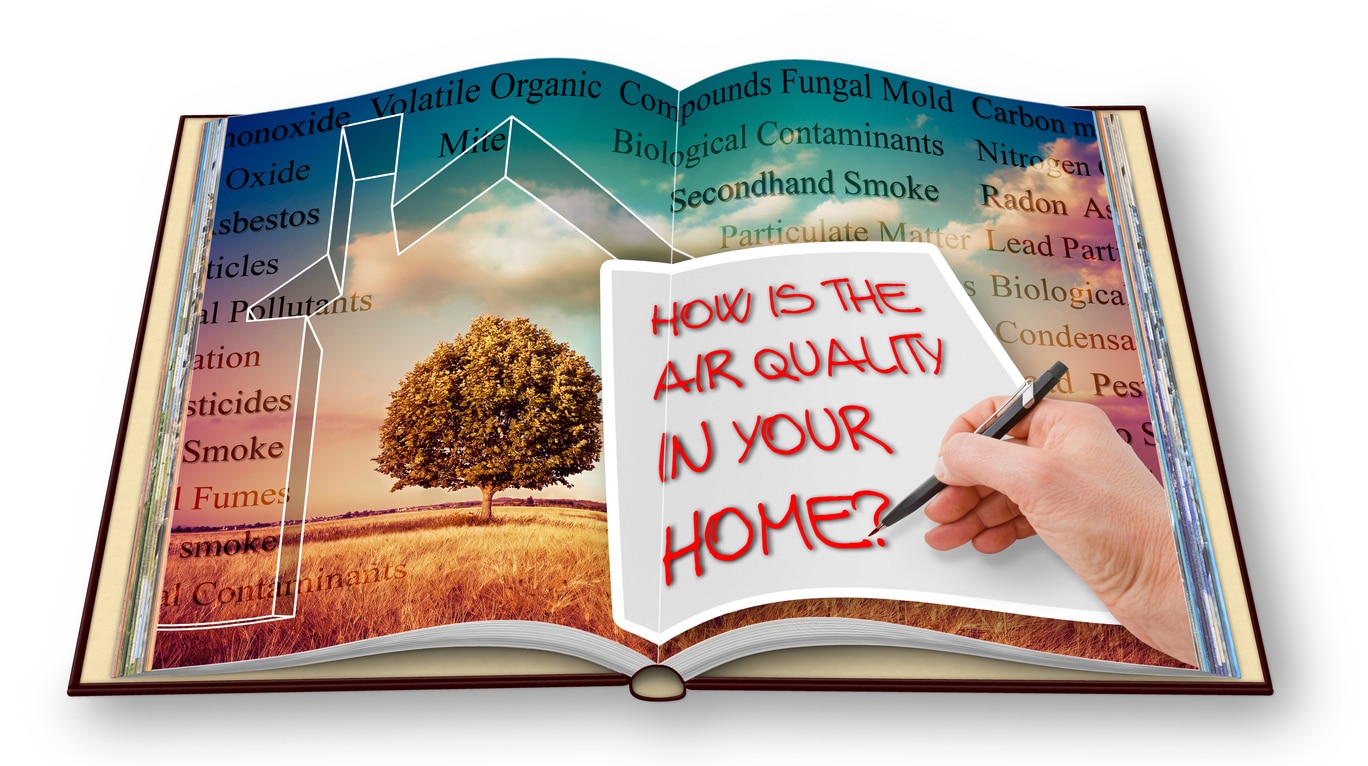
What Is the Connection Between Air Pollution and Headaches?
Air pollution has several negative effects on health. A few direct consequences of exposure are irritations of the nose, eyes, skin and throat, breathing problems and allergy flare-ups. However, some people may also experience headaches and migraines, due to biological reasons. Learn how air pollution can trigger headaches and what you can do.
Air Pollution’s Health Impact
Clean air is part of a positive quality of life. It’s everyone’s right to access it, but the continuous degradation of the atmosphere due to emissions from various sources make getting it even harder.
Air pollutants cause a number of health concerns, like respiratory problems, inflammation and flare-ups of troublesome symptoms that require treatment. Common culprits are particulate matter (PM), nitrogen oxides and volatile organic compounds (VOCs) from industrial emissions and vehicle exhaust.
Now, there’s evidence you could get sick by simply spending time outside, especially in city hot spots with poor air quality like busy roadsides and street intersections. Experts found exposure to PM2.5 can prompt chronic sinusitis — a 12-week or longer condition of irritated, infected and swollen sinuses.
How Air Pollution Can Induce Headaches
There’s a biological reason some people get headaches after exposure to an area where pollutant concentrations are high and natural ventilation is poor. Two things are involved in this mechanism — the stimuli and the brain. When you inhale street smoke, the trigeminal nerve — or fifth cranial nerve — is activated. It’s the part of the nervous system sending sensory signals to the brain.
In the case of migraine, the brain activates the pain-sensitive nerve endings, which send signals to the trigeminal nerve through a process called central sensitization. It then leads to a chain reaction resulting in migraine. This sequence of stimuli and response happens when a trigger is activated — like inhaling toxic substances.
Oxidative Stress
Research also found oxidative stress plays a role in migraine attacks. When you inhale pollutants, substances containing harmful chemicals enter the body and cause oxidative stress. It happens when there’s an imbalance in the harmful molecules called reactive oxygen species — or free radicals — and the antioxidants that detoxify them.
When the body doesn’t have sufficient antioxidants to neutralize free radicals, it can lead to adverse health consequences. This is why experts eye them as solutions to mitigate migraines, as these compounds have potent anti-oxidative properties. They can reduce the impact of oxidative stress and improve migraines.
High Blood Pressure
According to one study, exposure to traffic-related air pollution can raise blood pressure — and potentially cause headaches. Scientists studied sixteen participants to see how air quality affected high blood pressure.
Researchers drove the participants around Seattle during the morning rush with high-efficiency particulate air filters to control pollution on some days and no filters on other days. The effects of pollution exposure increased people’s diastolic blood pressure by 4.7 mm/Hg and systolic blood pressure by 4.5 mm/Hg. This adverse effect on blood pressure could be why some people experience headaches and shortness of breath after several minutes of staying outdoors.
Mental Stress
As many as 80% of migraine cases happen due to stress. People who are easily stimulated by distressing situations may find relief in a relaxing environment — like a natural setting — to reduce their migraine incidence.
Sources of stress typically revolve around three areas — work, home obligations and financial worries. However, one interesting study also found air pollution levels to contribute to psychological strain in students, potentially leading to headaches. Out of more than 11,000 participants, 36.9% experience mental stress due to air pollution.
Each person responds differently to stress factors. Those living in urban areas may have a high tolerance for anxiety caused by polluted air, but tenseness can manifest in physical symptoms like headaches for people who don’t.
Tips to Manage Indoor Air Pollution
While there’s the risk of headaches with exposure to contaminants, you can minimize this risk. Indoor pollutants are highly manageable, so here are some recommendations:
- Air out your home to increase ventilation and remove built-up toxins. Turn on the fan or air purifier. Open the windows and doors.
- Wash or replace air filters regularly. A pre-filter is often washable — meanwhile, changing the filter every 6–12 months is recommended.
- Use toxin-free DIY cleaners. Making homemade disinfectants using vinegar and baking soda is quick and easy, as well as being void of harmful chemicals.
- Choose green cleaning products. Look for those with “Safer Choice” or “Design for the Environment” labels, as these are certified by the EPA to be genuinely sustainable and not degrade indoor air quality.
Tips to Enjoy the Outdoors Safer
Have you ever wondered how some people don’t get sick, even if they walk on smoggy streets every day? The impact of pollution depends mainly on three factors — the level of air contamination, your health status and the length and intensity of exercise or exposure. Managing outdoor pollution is a bit tricky, but completely doable. Here are things you can do:
- Check the AirNow website or app to see whether air quality is good, unhealthy or hazardous before going out. Do your activities on days with better air quality.
- Schedule your exercise early in the morning, when emissions are low.
- Minimize time outdoors during rush hours. Wear a mask with a filter if you expect hours of exposure to vehicle pollution.
- Get out in nature more. If there are no green spaces nearby, plan an out-of-city getaway during the weekend for a detox.
Cleaner Air Can Lower the Risk of Headaches
Poor air quality is associated with headaches. If it’s a triggering factor, minimize the time you spend outside or wear a mask with a filter feature to reduce your vulnerability to harmful pollutants. Indoors, install an air purifier. You can also help curb air pollution by making environmentally friendly choices.
Dealing with headaches can be troublesome. You may not be able to do much about air pollution, but you can protect yourself from it to alleviate the symptoms.



Post a comment